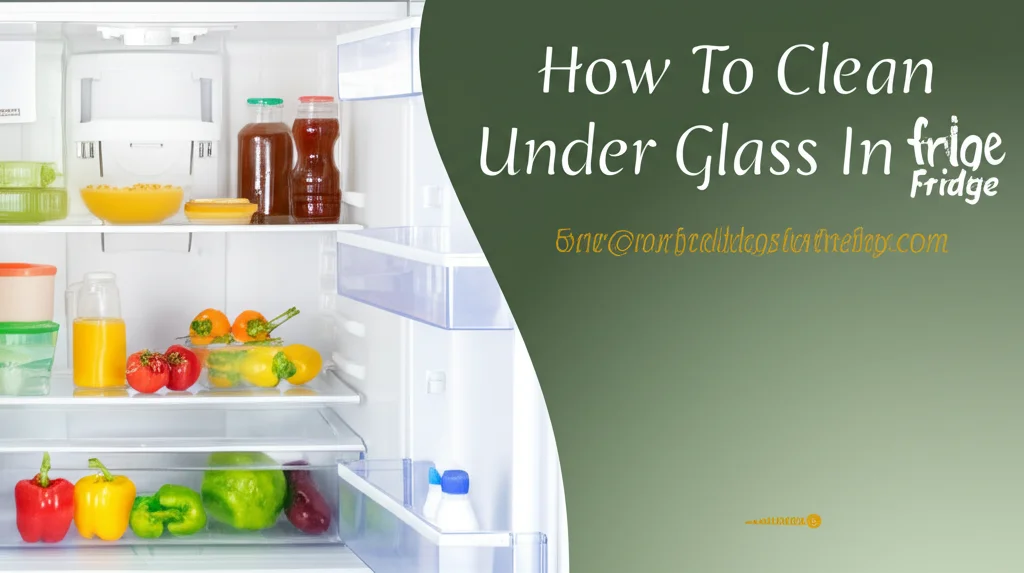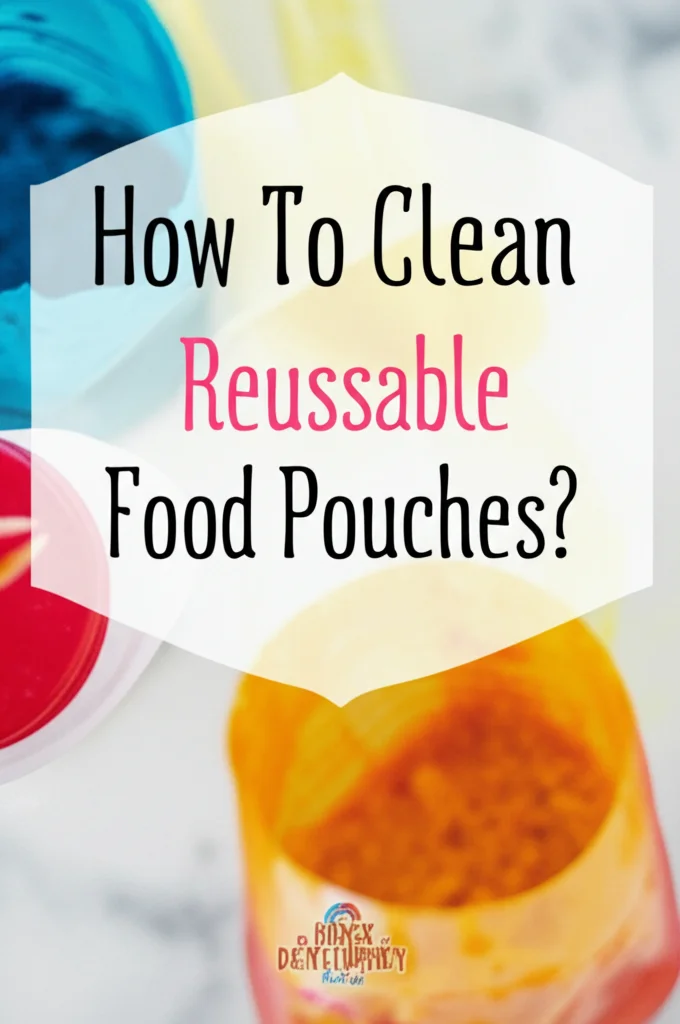· Commercial Cleaning · 6 min read
How To Clean Stainless Steel In A Commercial Kitchen

Keeping It Shiny: How To Clean Stainless Steel In A Commercial Kitchen
Commercial kitchens demand a lot from their surfaces, and stainless steel is a workhorse. It’s durable, hygienic, and looks professional, but it shows every fingerprint, splash, and bit of grime. Maintaining clean stainless steel isn’t just about appearances; it’s crucial for food safety and preventing corrosion. This article will guide you through the best practices for cleaning stainless steel in a busy commercial kitchen, ensuring a spotless and sanitary environment. We’ll cover everything from daily wipe-downs to tackling stubborn stains, helping you keep your kitchen looking its best.
Takeaway:
- Daily cleaning prevents buildup.
- Always scrub with the grain.
- Avoid abrasive cleaners and steel wool.
- Proper rinsing and drying are essential.
Quick Answer:
To effectively clean stainless steel in a commercial kitchen, use a mild detergent and warm water, scrubbing with the grain. Rinse thoroughly and dry with a microfiber cloth to prevent water spots and maintain a hygienic surface.
Why Stainless Steel Needs Specific Cleaning
Stainless steel isn’t invincible. While resistant to rust, it can corrode if exposed to harsh chemicals or left with food debris. The “stainless” quality comes from a chromium oxide layer, and certain cleaners can damage this protective barrier. Regular, proper cleaning preserves this layer, extending the life of your stainless steel equipment and surfaces. Ignoring proper cleaning can lead to pitting, discoloration, and even compromise the integrity of the metal.
Daily Maintenance: The First Line of Defense
A quick daily wipe-down is the most effective way to prevent grime buildup. This doesn’t require a lot of time, but it makes a huge difference. Start by removing any loose food particles with a soft cloth or brush. Then, use a solution of warm water and a mild dish soap. Apply the solution with a microfiber cloth, scrubbing with the grain of the stainless steel. Always follow the direction of the grain to avoid scratches. Finally, rinse with clean water and dry thoroughly with a separate, clean microfiber cloth.
- Use separate cloths for cleaning and drying.
- Change your cleaning solution frequently.
- Focus on high-touch areas like handles and faucets.
Tackling Stubborn Food Stains and Grease
Sometimes, a simple wipe-down isn’t enough. Burnt-on food, grease splatters, and sticky residues require a bit more effort. For these situations, consider using a dedicated stainless steel cleaner. These cleaners are formulated to remove tough stains without damaging the surface. Alternatively, a paste of baking soda and water can be effective. Apply the paste to the stain, let it sit for a few minutes, and then gently scrub with a soft cloth or sponge, again following the grain.
If you’re dealing with particularly stubborn grease, a degreaser specifically designed for kitchen use can be helpful. Always read and follow the manufacturer’s instructions carefully. You can find more information on degreasing solutions at https://beacleaner.com/how-to-clean-kitchen-mats/.
Removing Water Spots and Fingerprints
Water spots and fingerprints are inevitable in a busy kitchen. Luckily, they’re relatively easy to remove. A simple solution of equal parts white vinegar and water can work wonders. Spray the solution onto the stainless steel, let it sit for a moment, and then wipe clean with a microfiber cloth. The vinegar helps to dissolve mineral deposits and cut through grease. For fingerprints, a dedicated stainless steel polish can leave a streak-free shine. Remember to always dry the surface thoroughly after cleaning to prevent new water spots from forming.
Choosing the Right Cleaning Products
Not all cleaning products are created equal. Avoid abrasive cleaners like scouring powders, steel wool, and harsh chemicals like bleach or ammonia. These can scratch the surface and damage the protective chromium oxide layer. Look for cleaners specifically labeled as “stainless steel cleaner” or “food-safe.” Mild dish soap is generally a safe and effective option for daily cleaning. When in doubt, test the cleaner on a small, inconspicuous area first.
Consider using eco-friendly cleaning products whenever possible. These are often just as effective as traditional cleaners and are better for the environment and your employees. You can also explore alternative cleaning methods, like using steam, which can effectively sanitize surfaces without the need for harsh chemicals.
Polishing Stainless Steel for a Professional Finish
Polishing stainless steel isn’t just about aesthetics; it also helps to protect the surface. A good polish creates a barrier that repels water and prevents fingerprints. Apply a small amount of stainless steel polish to a clean microfiber cloth and rub it onto the surface, following the grain. Buff the surface with a clean, dry microfiber cloth to remove any excess polish and reveal a brilliant shine. Polishing should be done periodically, not necessarily after every cleaning.
To maintain a consistently polished look, consider incorporating a stainless steel protectant into your cleaning routine. These products create a long-lasting barrier that resists fingerprints and water spots. You can learn more about maintaining various surfaces at https://beacleaner.com/how-to-clean-stainless-steel-sink-paint-stains/.
Preventing Future Stains and Maintaining Hygiene
Prevention is always better than cure. Encourage staff to wipe up spills immediately to prevent them from drying and becoming difficult to remove. Regularly clean and sanitize all stainless steel surfaces, especially those that come into contact with food. Implement a cleaning schedule to ensure that all areas are cleaned on a regular basis. Proper ventilation can also help to reduce grease buildup.
- Train staff on proper cleaning procedures.
- Provide readily available cleaning supplies.
- Inspect stainless steel surfaces regularly for signs of damage or corrosion.
FAQ: Stainless Steel Cleaning in Commercial Kitchens
Q: Can I use bleach on stainless steel?
A: No, bleach can damage stainless steel and cause pitting and corrosion. Avoid using bleach or any cleaners containing chlorine. Opt for food-safe stainless steel cleaners or mild dish soap instead.
Q: What’s the best way to remove rust from stainless steel?
A: While stainless steel is rust-resistant, it can still develop rust spots. A paste of baking soda and water can help remove light rust. For more stubborn rust, use a dedicated rust remover specifically designed for stainless steel, following the manufacturer’s instructions.
Q: Should I always scrub with the grain of the stainless steel?
A: Yes, always scrub with the grain. Scrubbing against the grain can cause scratches and damage the surface. Identifying the grain direction is crucial for effective and safe cleaning.
Q: How often should I polish my stainless steel equipment?
A: Polishing frequency depends on usage and desired appearance. Generally, polishing every few weeks or monthly will maintain a professional shine and provide a protective barrier.
Q: Is it okay to use steel wool on stainless steel?
A: Absolutely not. Steel wool is highly abrasive and will scratch stainless steel, damaging its finish and potentially leading to corrosion. Always use soft cloths, sponges, or nylon brushes.
Conclusion: A Sparkling Kitchen is a Safe Kitchen
Cleaning stainless steel in a commercial kitchen is an ongoing process, but it’s a vital one. By following these tips and establishing a consistent cleaning routine, you can keep your kitchen looking its best, maintain food safety standards, and extend the life of your valuable equipment. Remember to always use the right cleaning products, scrub with the grain, and dry thoroughly. A clean and hygienic kitchen is a more efficient and productive kitchen. Investing a little time in stainless steel maintenance will pay off in the long run. For more cleaning tips and solutions, explore our other articles at https://www.beacleaner.com/.




